Photographer and University of Kentucky Educator James R Southard was sent on assignment to circle the Great Lakes and document artists of the region, their lives, work habits, social networking and their environment. Lake Erie was the final destination on James’ itinerary. Click on each lake name to view images from prior stops along the way: Michigan ~Â Superior ~Â Huron ~Â Ontario.
_________________________________________________________
LAKE ERIE
When I was leaving Lake Ontario for Erie, I was eager to come to the final and most familiar leg of my journey. Though I had never been to Cleveland, Toledo or Detroit, I felt there would be some strong connection from my time living in a similar rust belt city, Pittsburgh. People had always spoken about the strong connections through industrial history and economic circumstances among these communities so I was expecting to show up and feel as if I already recognized the streets and people. With this preconception, I tried to set up meetings and interviews with artists who collaborate with a community. Those who work to create work that directly reflects what is going on in the rust belt. I also was curious to see if living and working in such an environment created an artist lifestyle I was familiar with from my years in Pittsburgh.
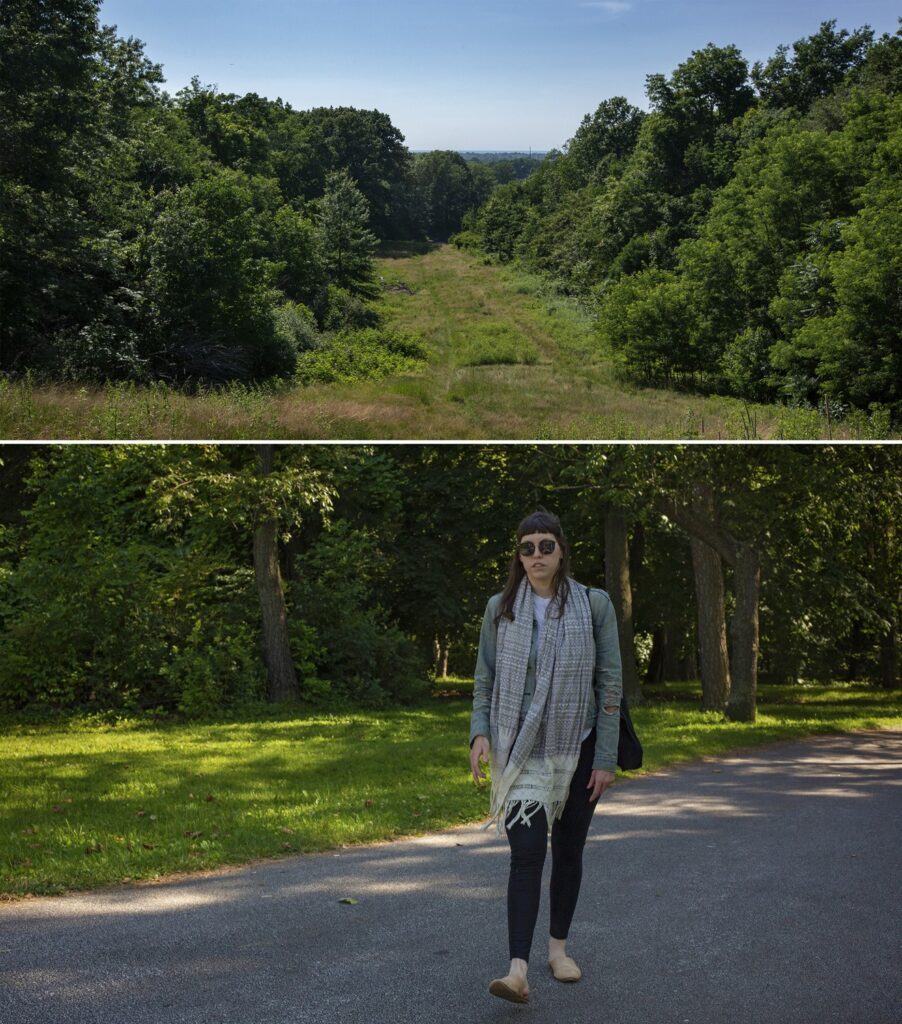
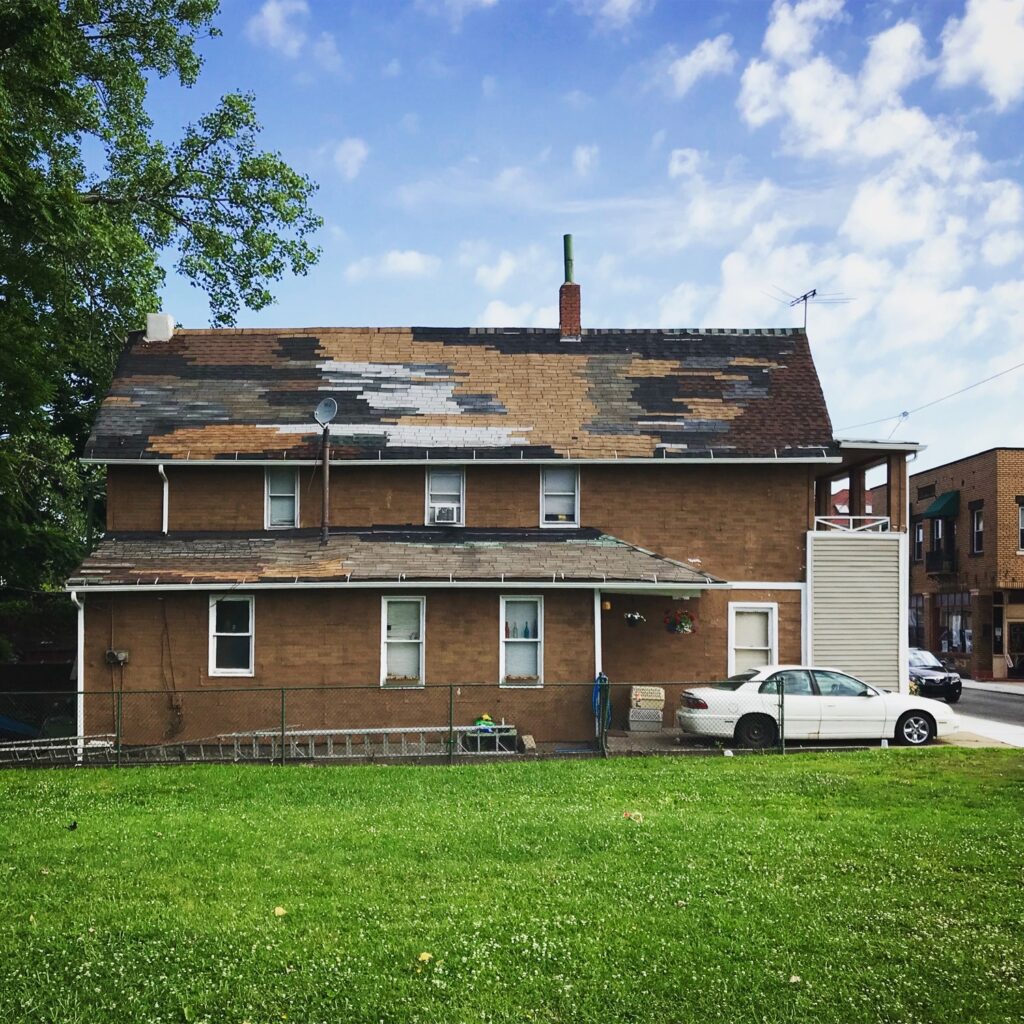
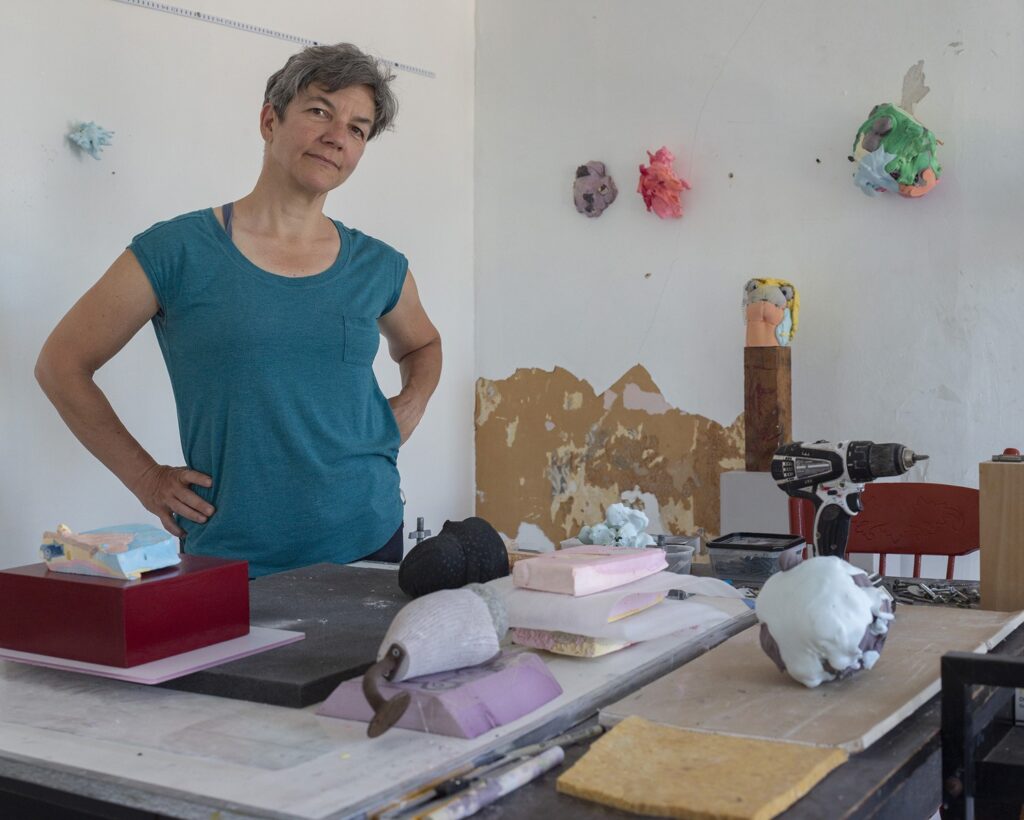
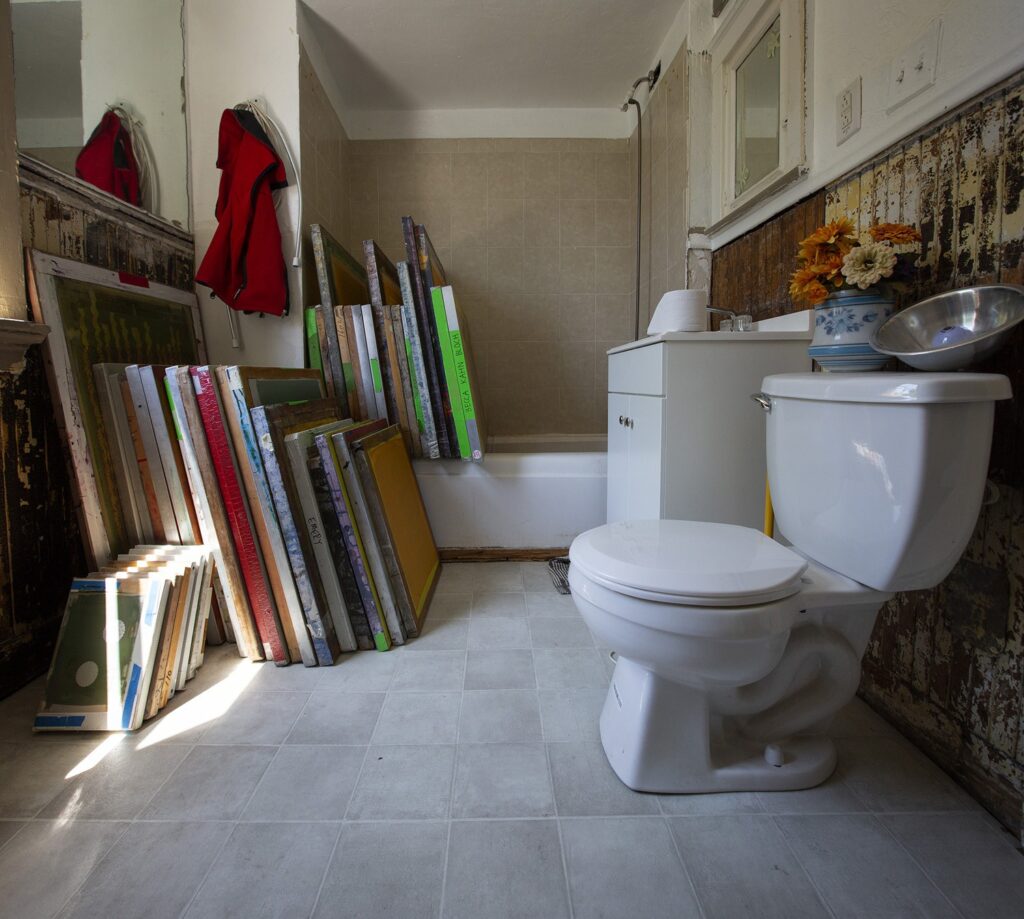
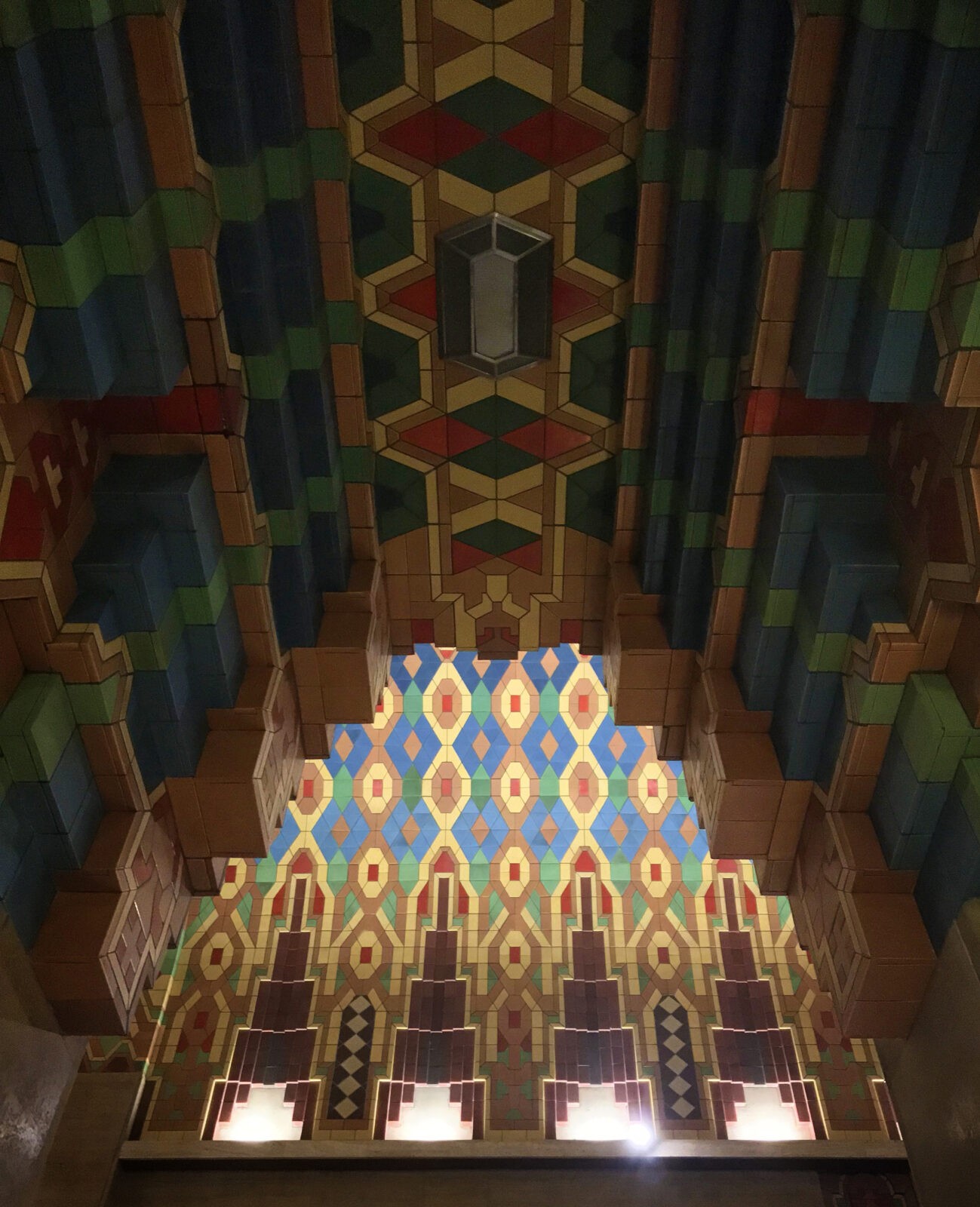
Detroit – In the middle of the night, I stopped by the Guardian Building to check out the Art Deco Tile, Limestone and Terra Cotta brickwork designed by Wirt C. Rowland back in the 1920s.
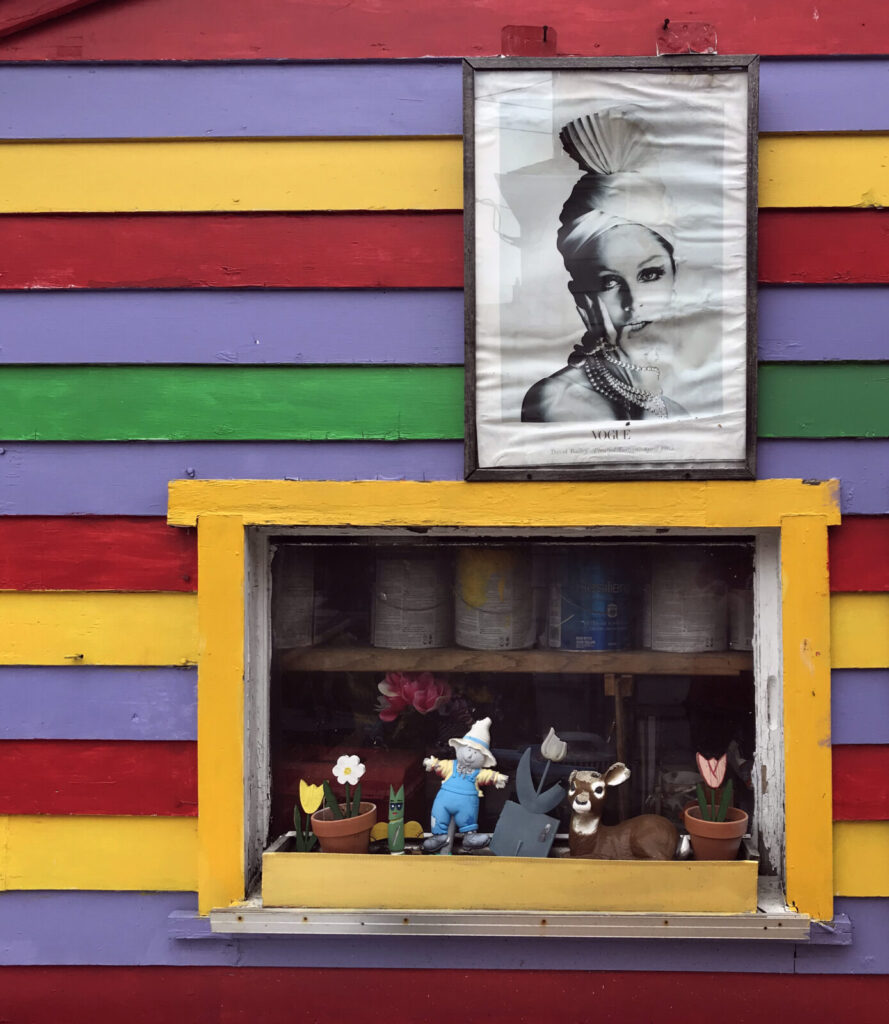
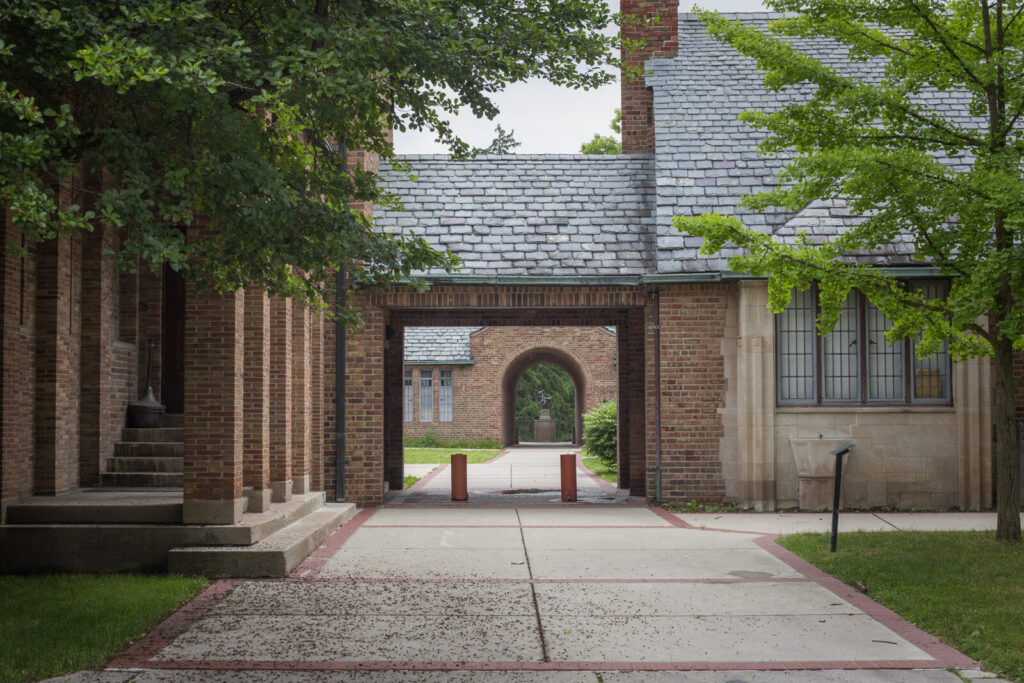
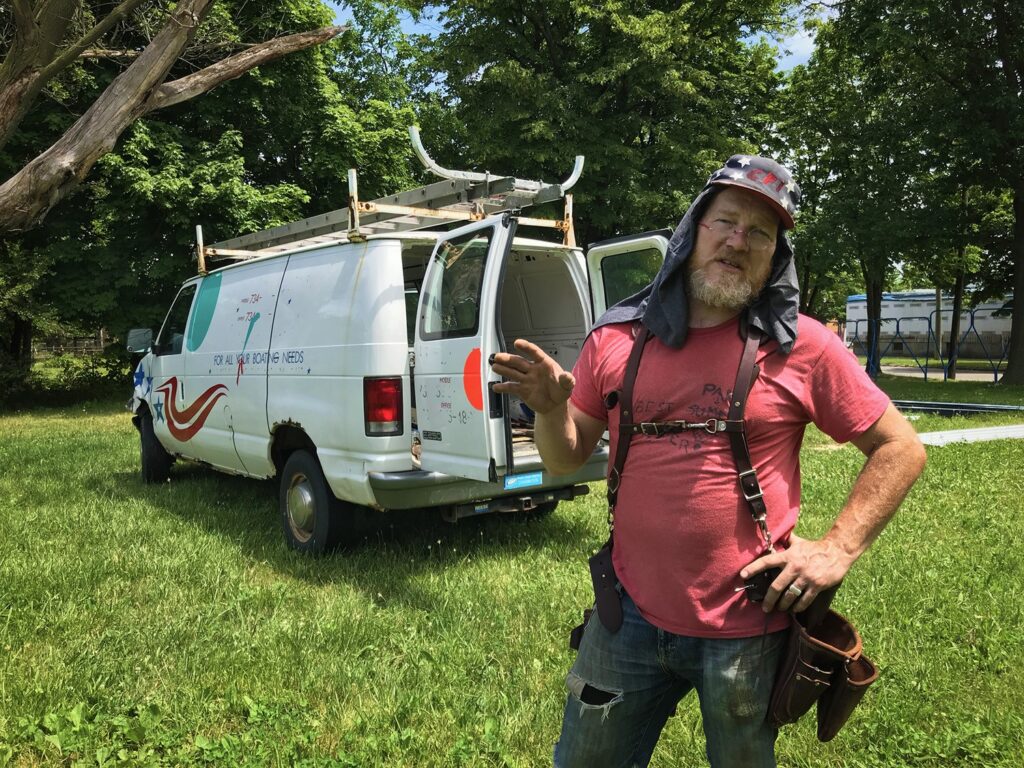
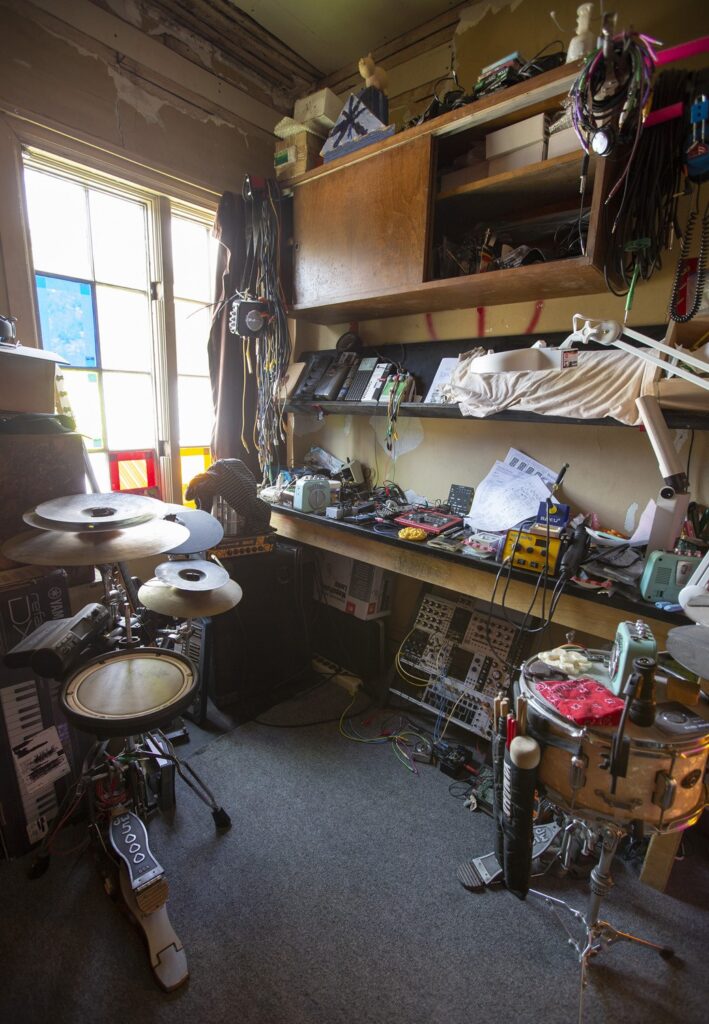
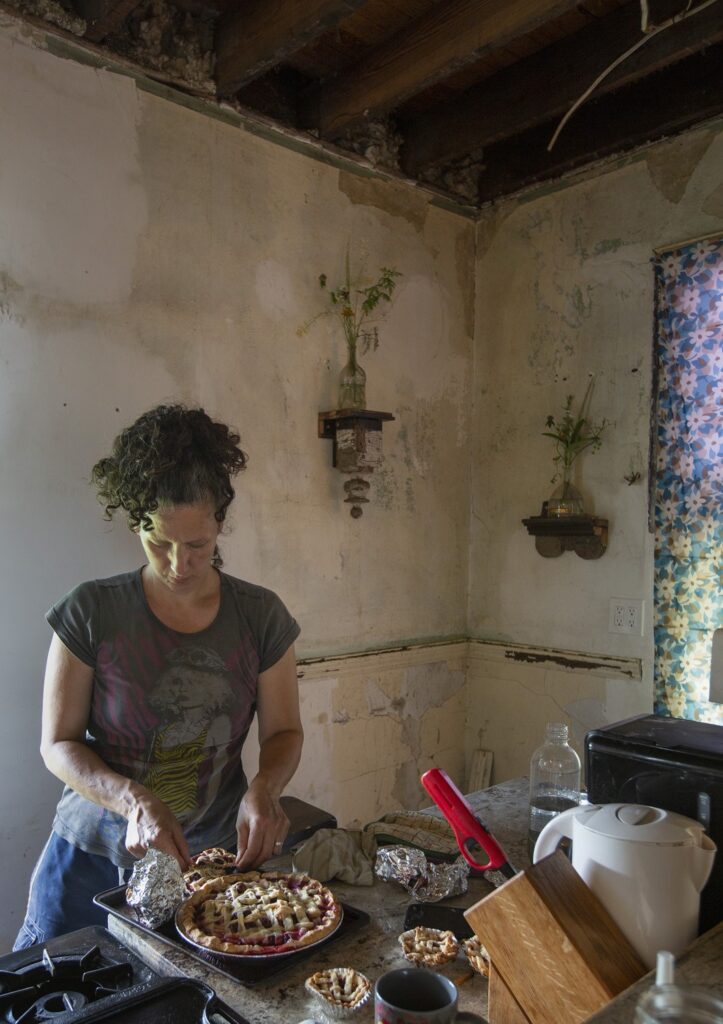
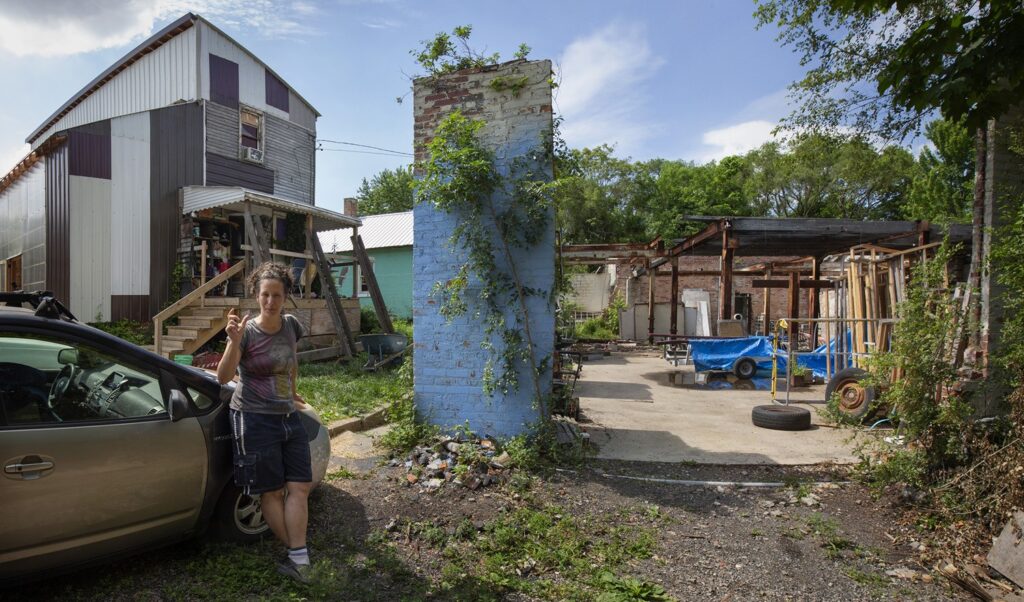
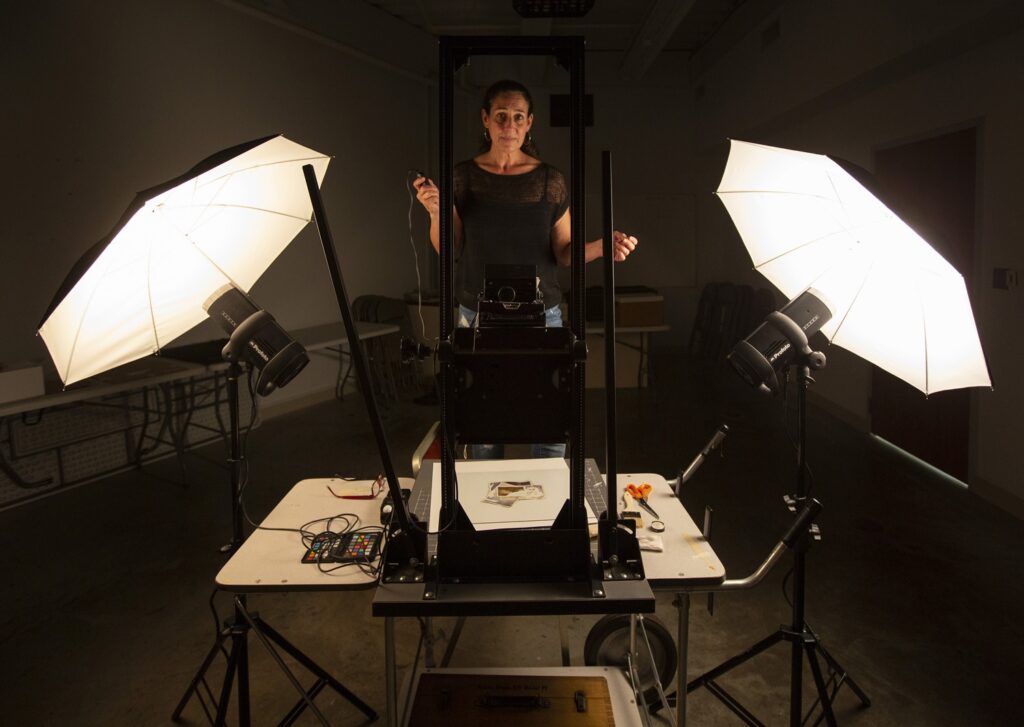
_________________________________________________________
While leaving Lake Erie, I did feel that I was leaving a place I knew well. Not that I got to know these communities in detail, after such a short visit, but it was the familial traits that I found in Pittsburgh years before. The strong presence of community project art spaces as well as art groups. That and the abundance of corner bars and diners. Hell, even the old union halls struck a few memories from my time up north. The one aspect of the area I had totally forgotten about was the activist aspect of many of the artists working and living in the area. Rarely did I find an artist who didn’t embed himself or herself in a low income or abandoned community without addressing the local concerns, people and politics through their artwork, curation or through public events. It is hard to judge how much these artists and activists actually helped their surrounding community, but I was struck by the strong amount of civic awareness I found in each meetup and it made me miss the rust belt. It made me eager to get back to Kentucky and take a closer look at my own studio practice and my own academic institution, to see how it has helped as well as detracted from my local community.Â
_________________________________________________________
Kelley O’Brian – cargocollective.com/KelleyOBrien
Elizabeth Emery – elizabethemery.com/home.html
Hamtramck Disneyland – hatchart.org/hamtramck-disneyland
Elizabeth Dizik – cranbrookart.edu/alumn/elizabeth-boyd-dizik/
Jon Brumit – kresgeartsindetroit.org/portfolio-posts/jon-brumit
Sarah Wagner – sarahwagner.net/
Deborah Orloff – deborahorloff.com/
_________________________________________________________
Journey Summation
For years, I have been interested in learning how artists are living and working all around the country. From big metropolises to small rural communities, I have been eager to find out what my fate could have been if I pulled up stakes and transplanted myself there. I went up to the Great Lakes only knowing Chicago and Toronto from a few short visits in my youth; the rest of the tour, I was going in blind. I had never been to northern Ontario and knew little about the blue collar Canada. The only Canadians I had ever met were at art residencies. I knew nothing about the average Canadian.Â
I am blown away with the diversity of the region. You have two of the continent’s largest cities full of contemporary art and people from all over the world in Chicago and Toronto. Truly international cities, while also some having of the most unknown and ignored communities in North America. In each place, I was surprised by the hospitality of each person as well as everyone’s eagerness to aid in my journey. I kept finding myself finishing an interview, answering questions about my next stop, followed by a dozen texts, emails and phone calls made by the artists connecting me with the next town or city. For every interview that fell through, five connections were made in the 11th hour, thanks to networking and recommendations that were above and beyond what I had expected. I left the Lakes feeling that I’d be welcome back for a visit with open arms. And if an artist ever wished to work up in that region, you’d find a community lacking in suspicions of outsiders along with an eagerness to draw attention to not only their own work and issues, but the concerns and successes of their own community. I wouldn’t use the word “pride” in the, “rah-rah, my home rocks†manner. I saw it more as a civic pride in a spirit of “what can I do to best represent or help my town’s issues?” It was endearing, especially when discovering that each community had similar concerns. Whether the issue was affordable studio rent prices, cost of living or even regional environmental issues, these artists were as vocal as any other citizens about the quality of life in their own towns.Â
Above all, I left with an understanding that it wasn’t just one region, but many. The Lakes are one single water that links a variety of communities together. This consortium is populated by upstate New York craftsmen, Chicago contemporary performers as well as native Ojibwe metal artists in Thunder Bay and Mathematicians building logarithmic spiral instruments. Each lake is fed by a variety of different lakes and rivers from all over the northern US and Southern Canada, yet each lake also has its own unique history, weather patterns and mix of ethnicities and nationalities. All of this wondrous variety, yet I found that all artistic voices repeated similar themes on land, history and above all, the people.Â
-0-




